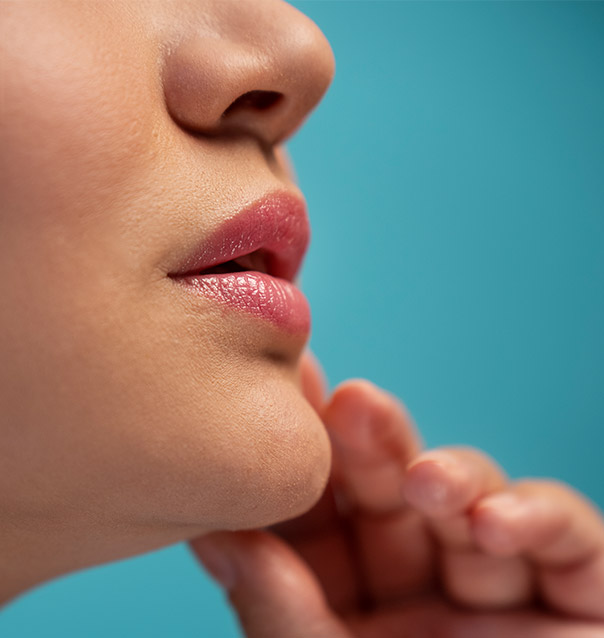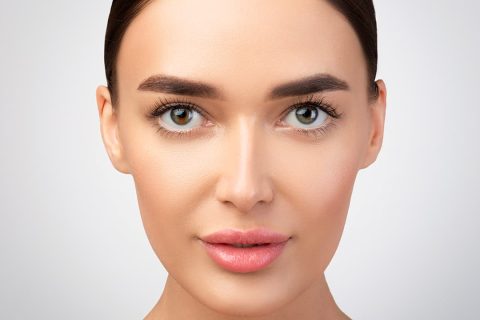Rhinoplasty, or cosmetic nose surgery, is one of the most commonly performed aesthetic surgeries today. The nose, located at the center of our face, is the first structure that catches the eye. Its shape resembles a pyramid. An ideal nose has specific measurements and proportions relative to other facial structures. Besides its aesthetic appearance, the nose is also an organ for breathing and smelling. The goal of rhinoplasty is to create a nose that looks natural and suits your face while also correcting respiratory functions. Since the nose is a functional organ, problems that obstruct breathing, such as septum deviations (deviation) and enlargement of the nasal turbinates (concha hypertrophy), should also be corrected.
Significant factors that affect the outcome of nose aesthetic surgeries include the thickness of your skin, the shape and thickness of your nasal cartilages, previous surgeries, traumas, and individual wound healing characteristics. Before this surgery, it’s necessary for the patient to undergo an examination, for the doctor to understand the patient’s expectations, and to determine whether these expectations are realistic. Following this examination and discussion, the patient should be informed about how much of their expectations can be met.












